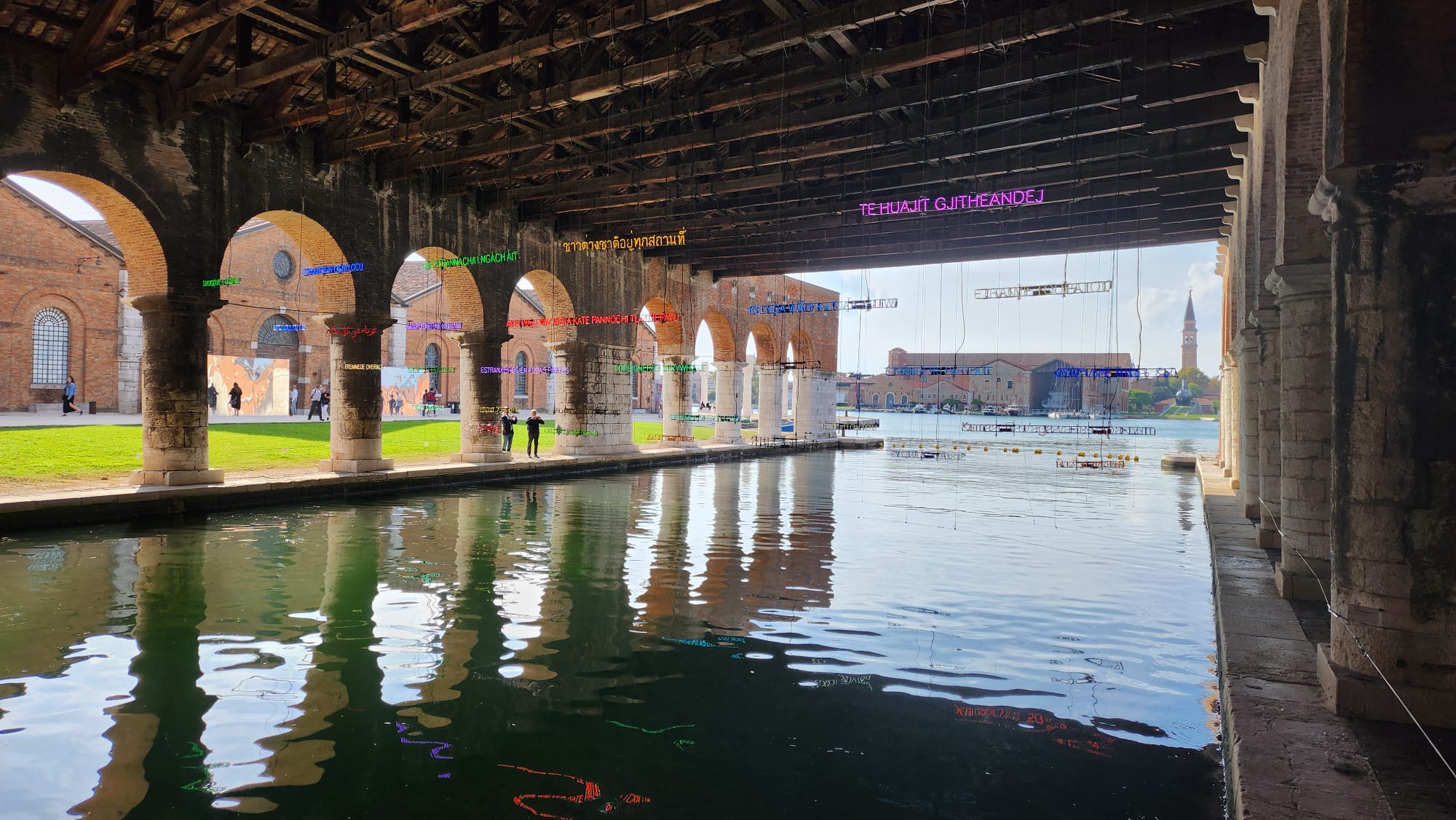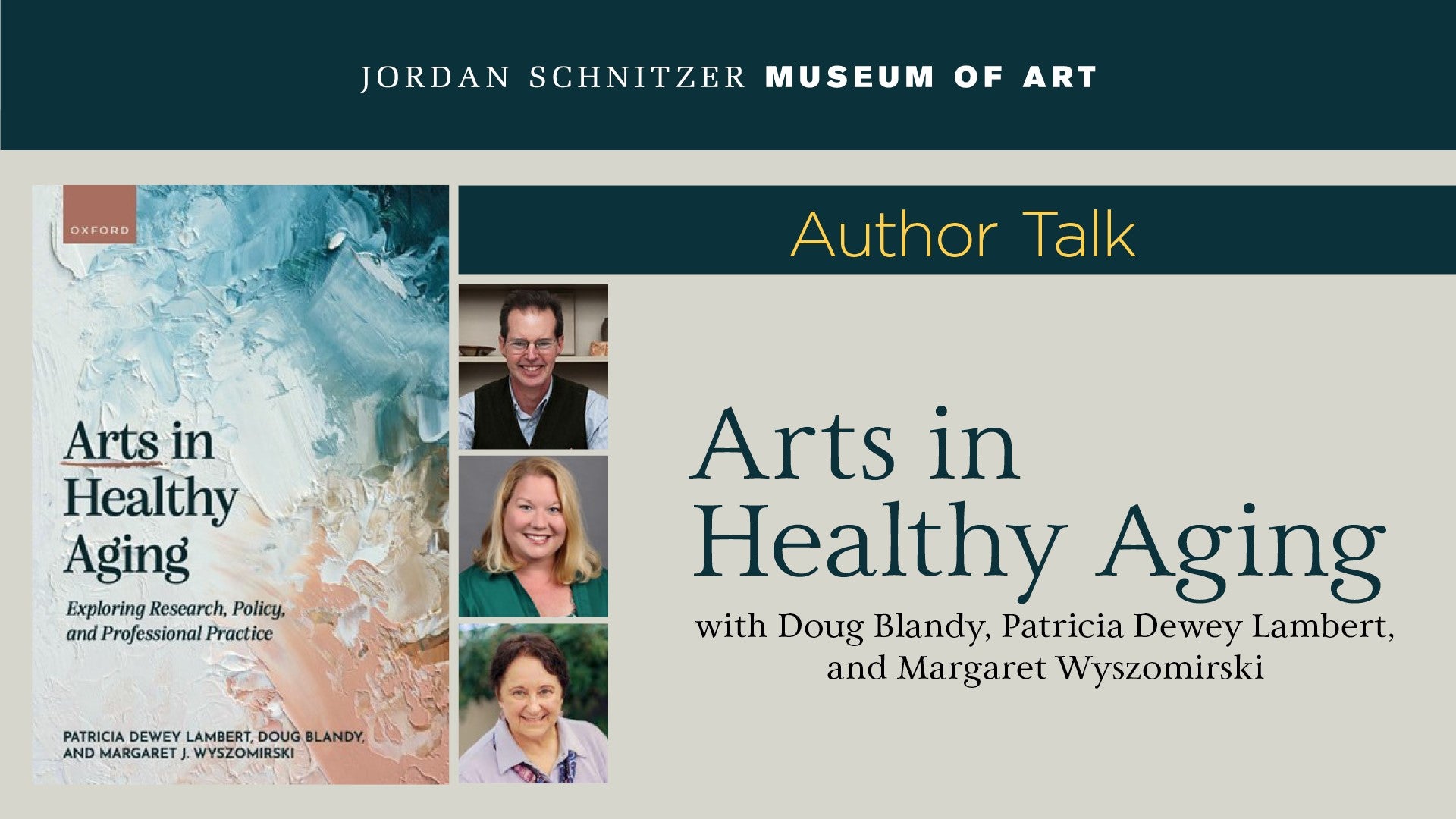
Decompress with Art: Exploring Synesthesia
6:30 pm - 7:45 pm
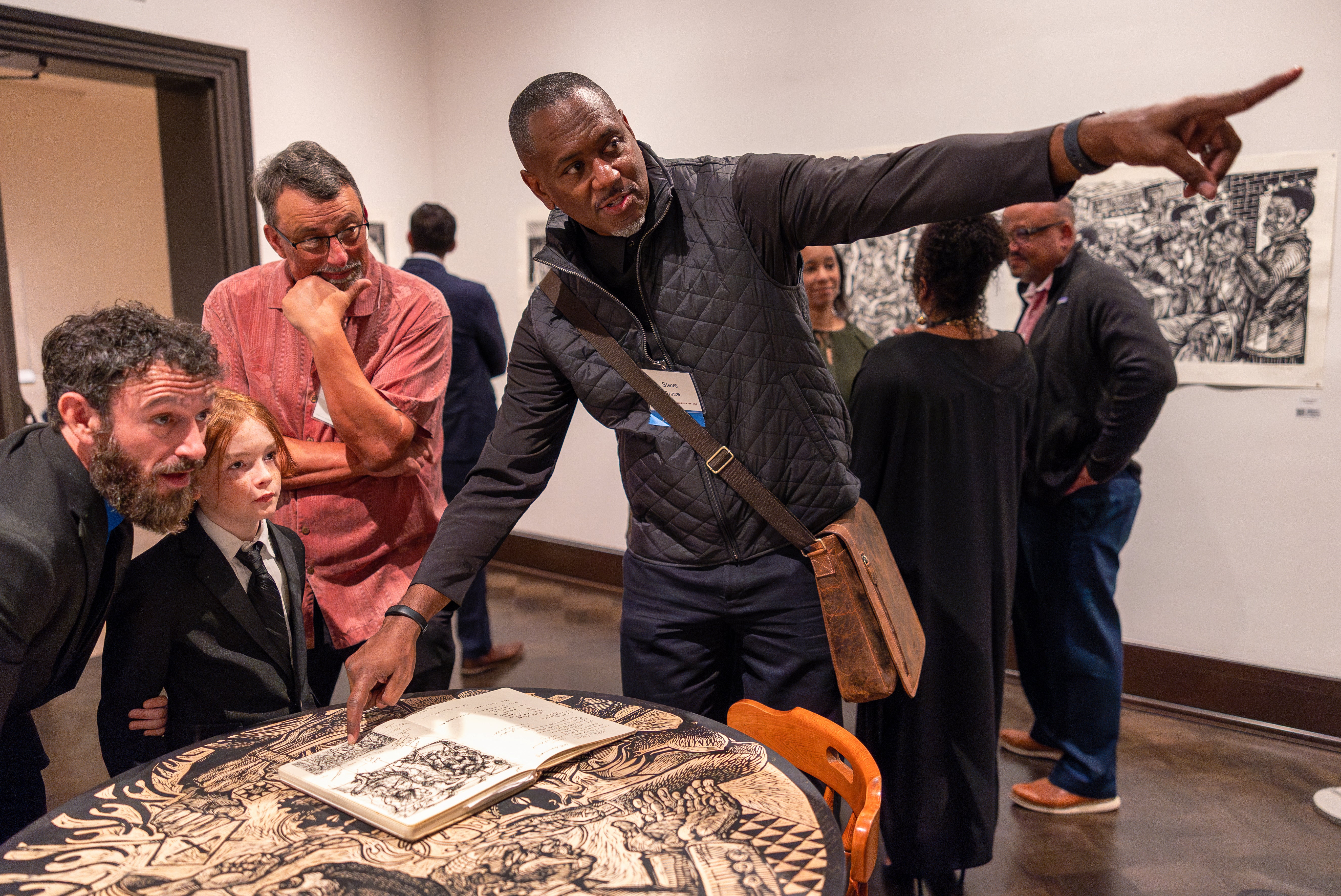

Decompress with Art: Sketching in the Galleries
6:00 pm - 7:30 pm
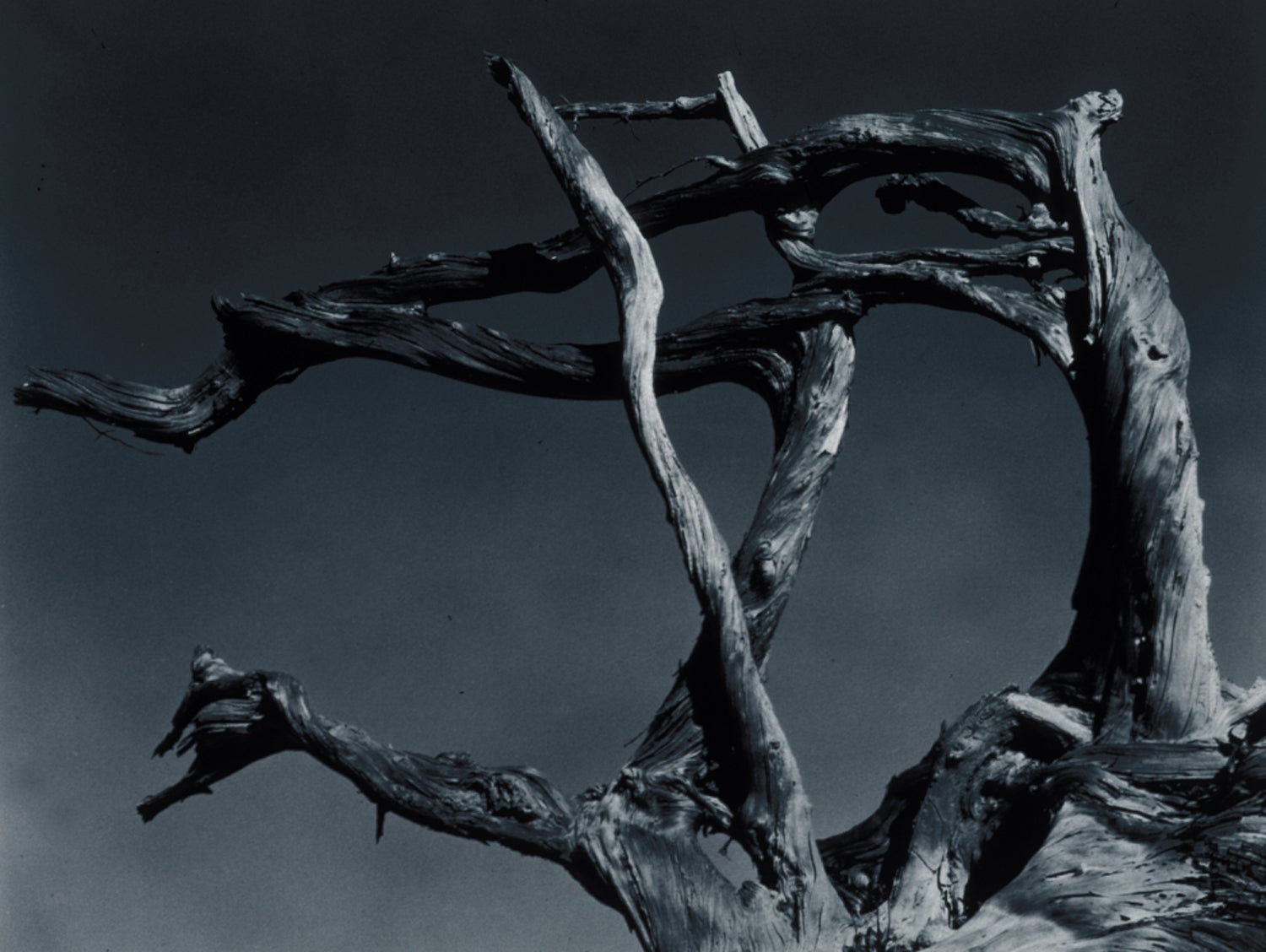
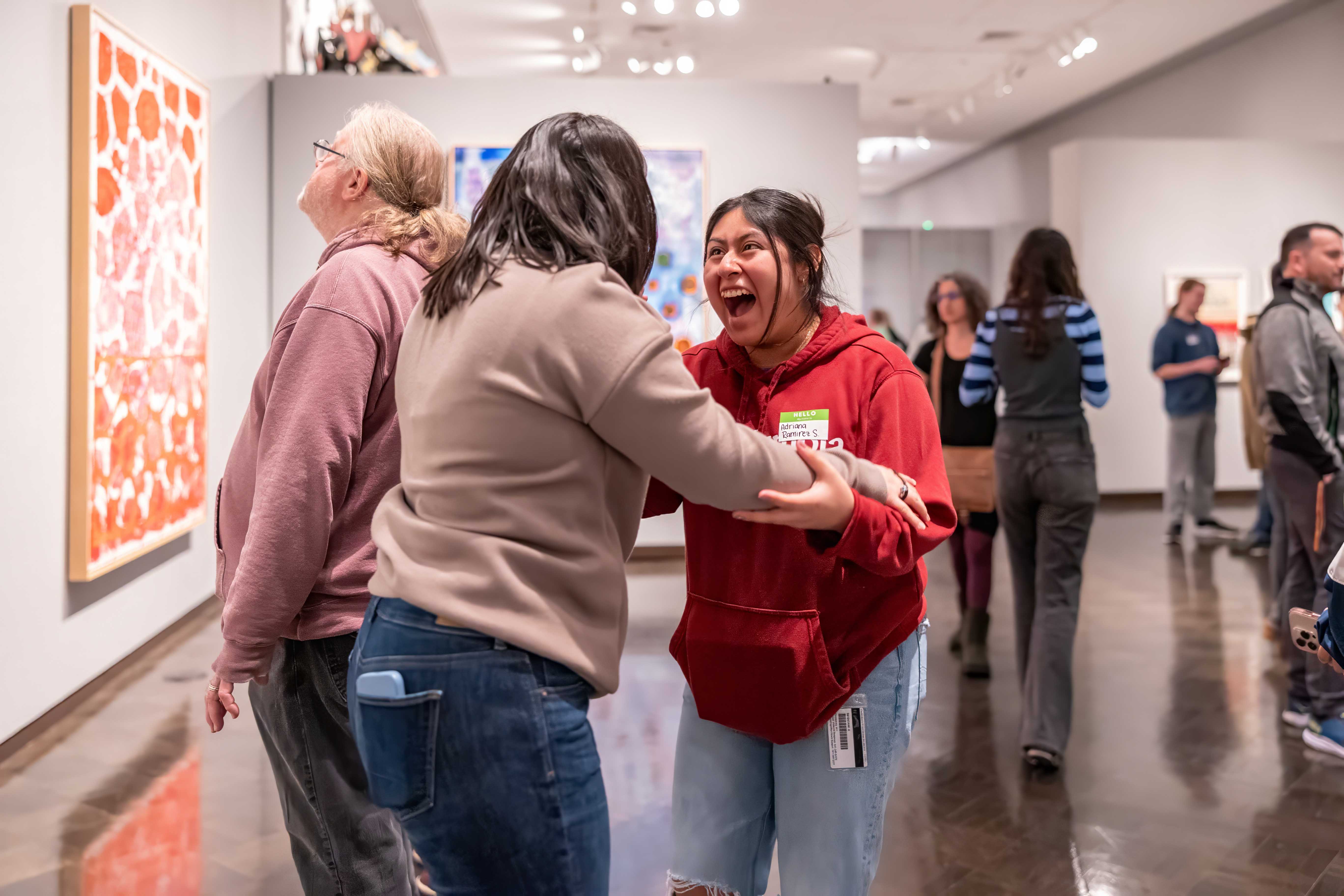
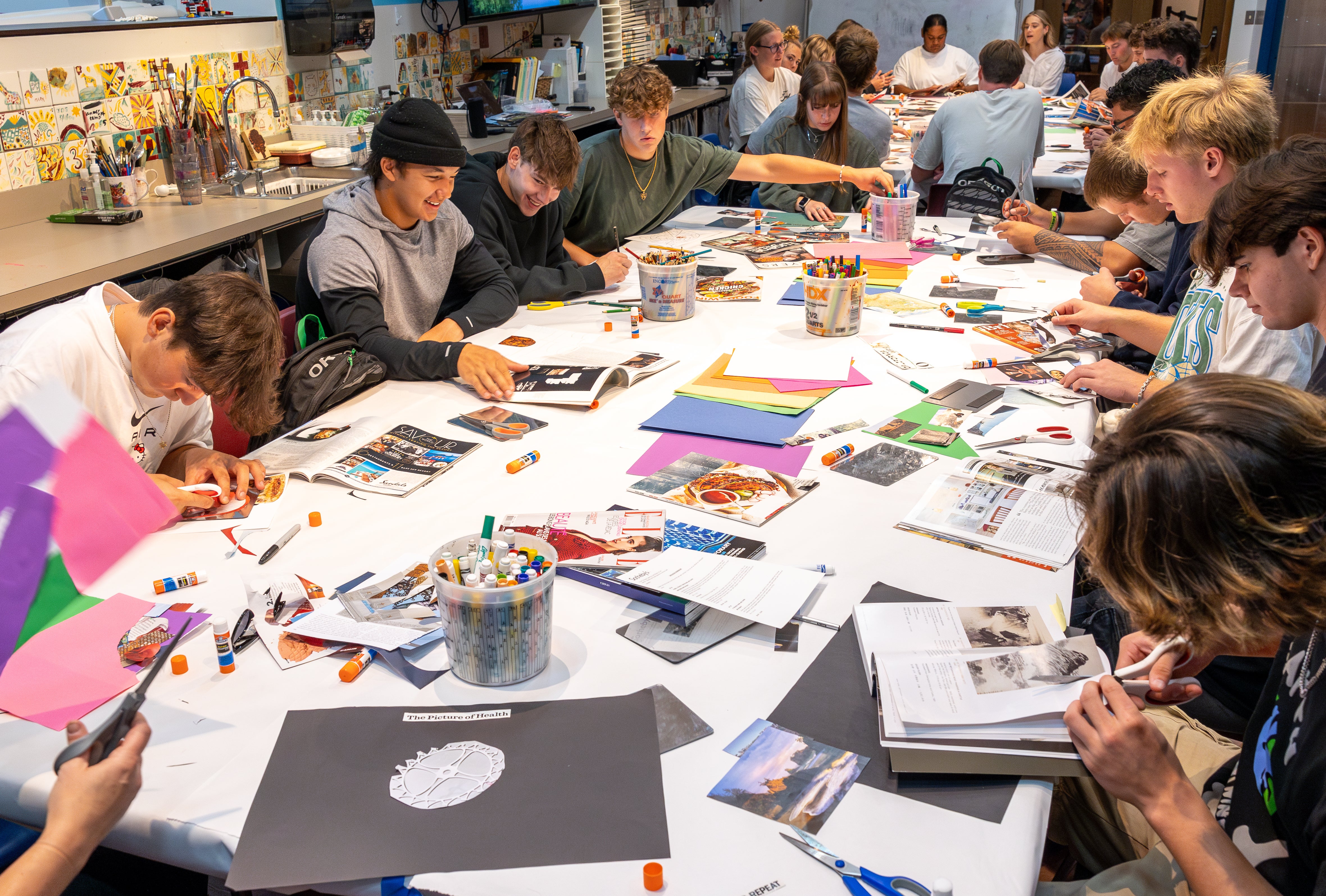
Decompress with Art: Watercolor Painting
6:00 pm - 7:30 pm
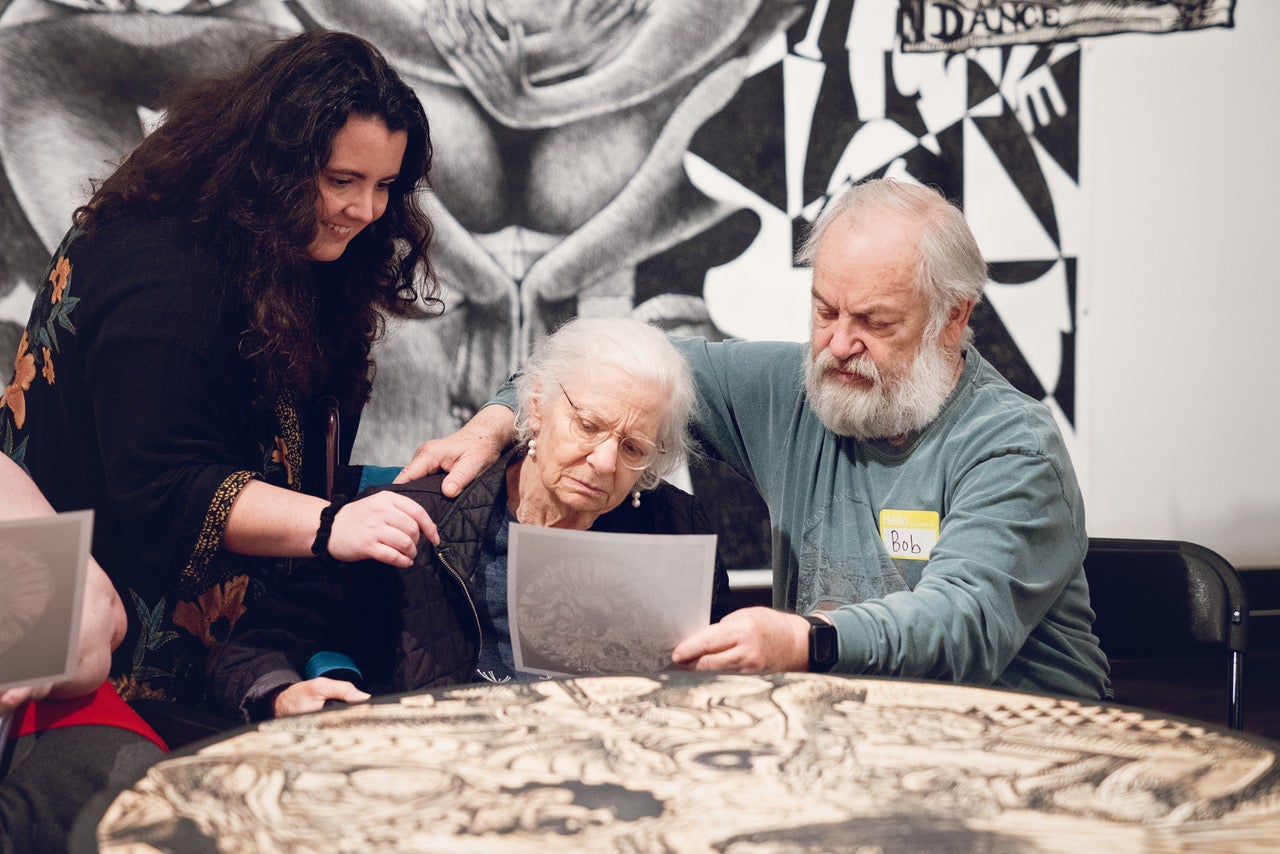
Community & Connections Monthly Meet-Up: Creative Aging Program
1:00 pm - 3:00 pm



